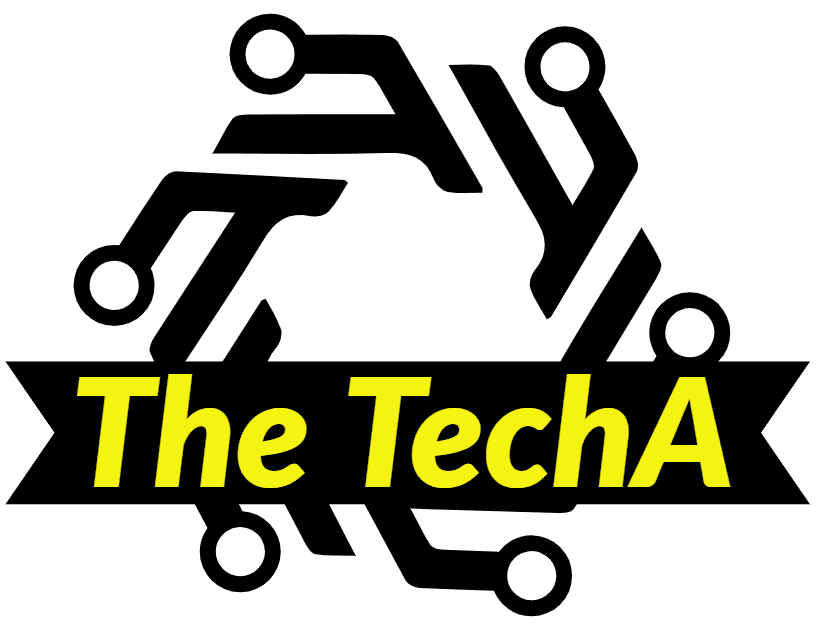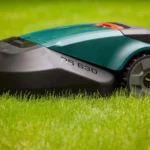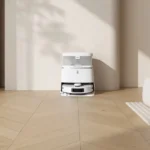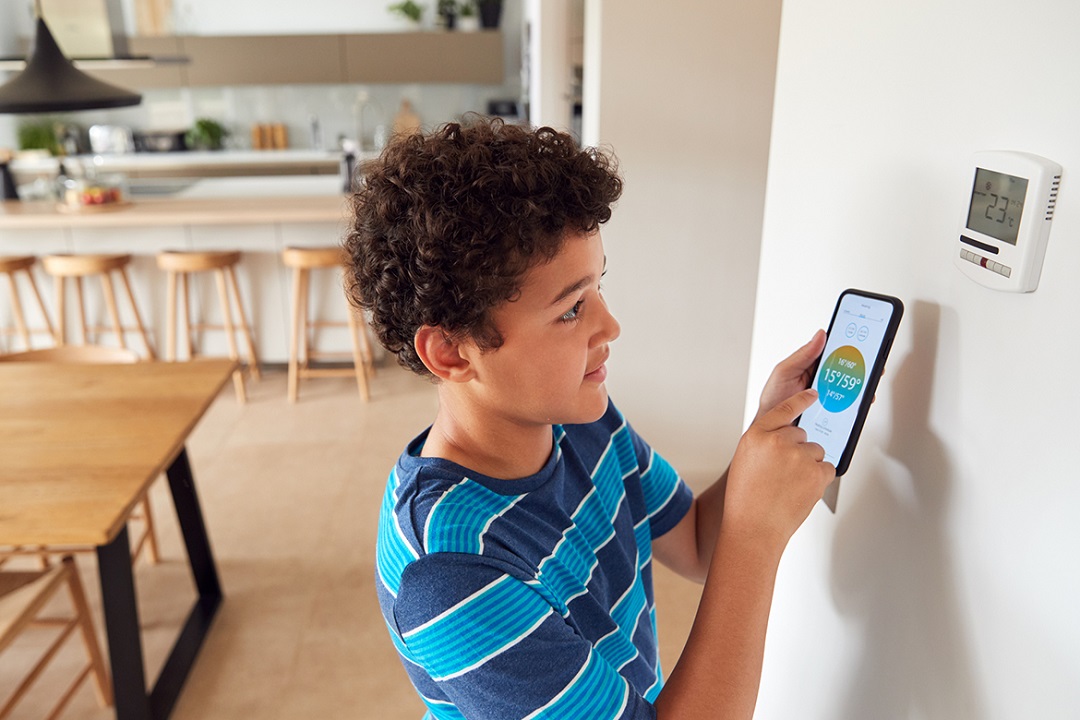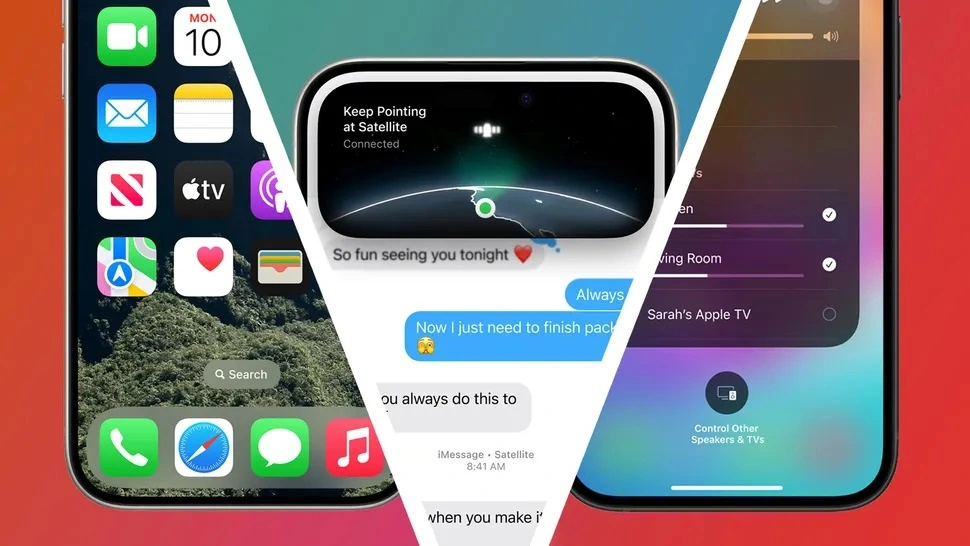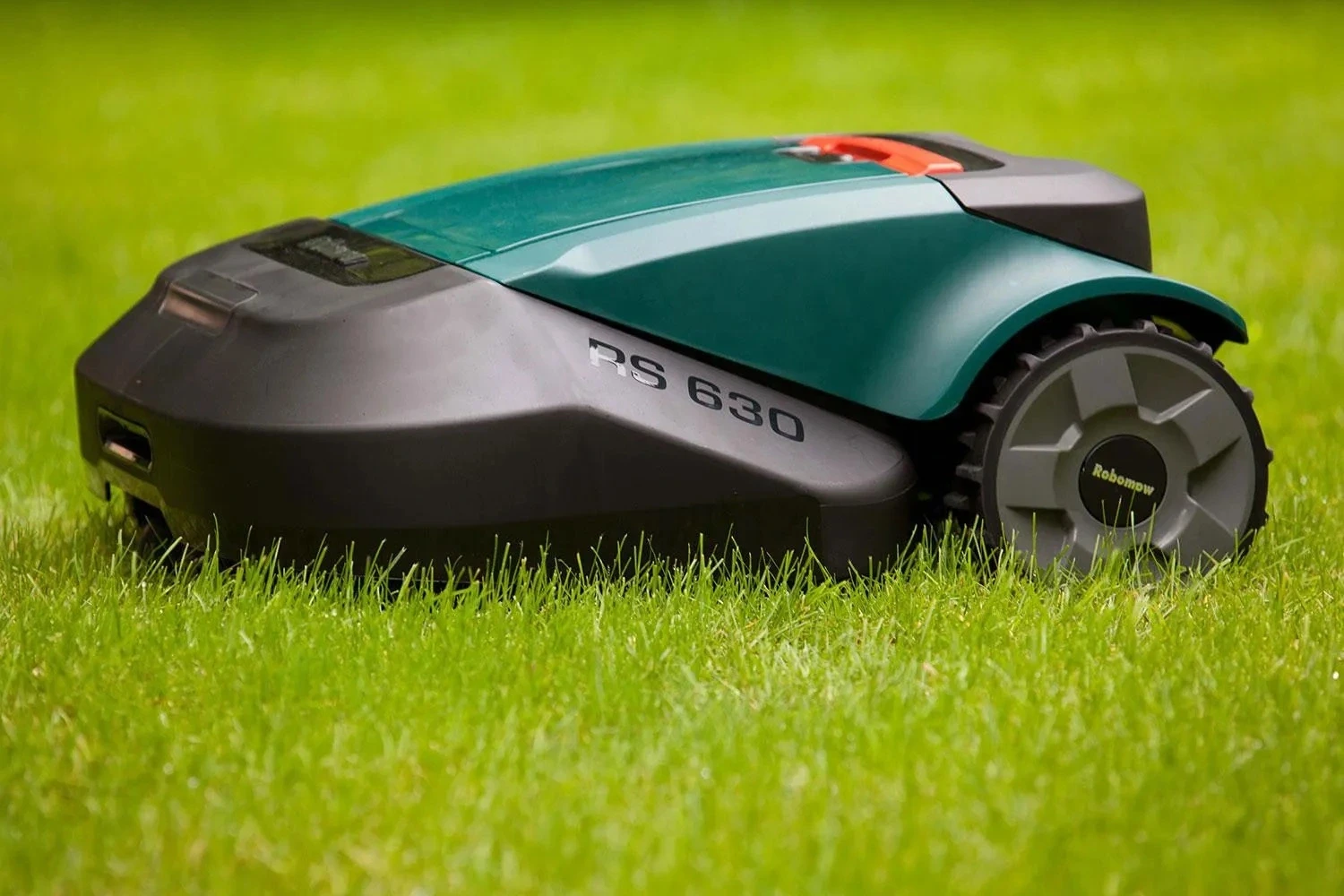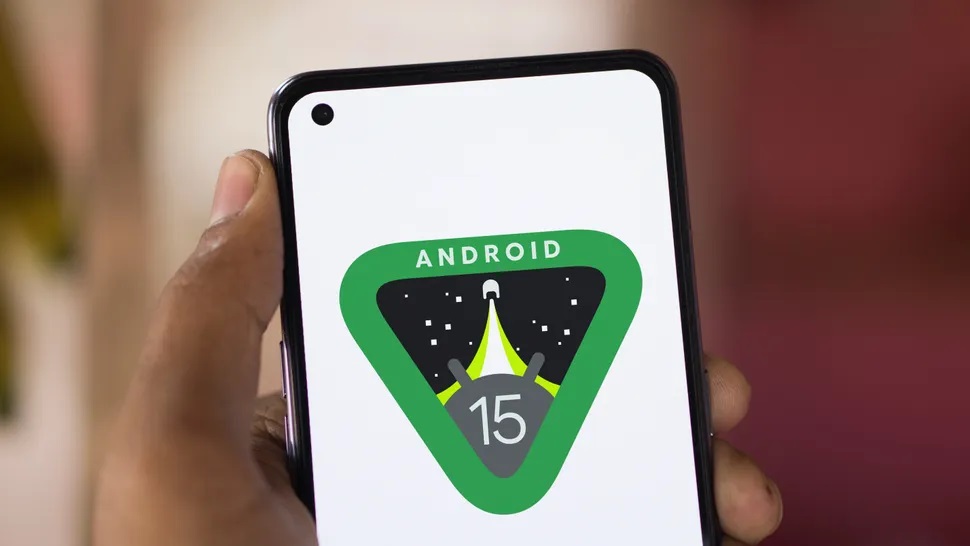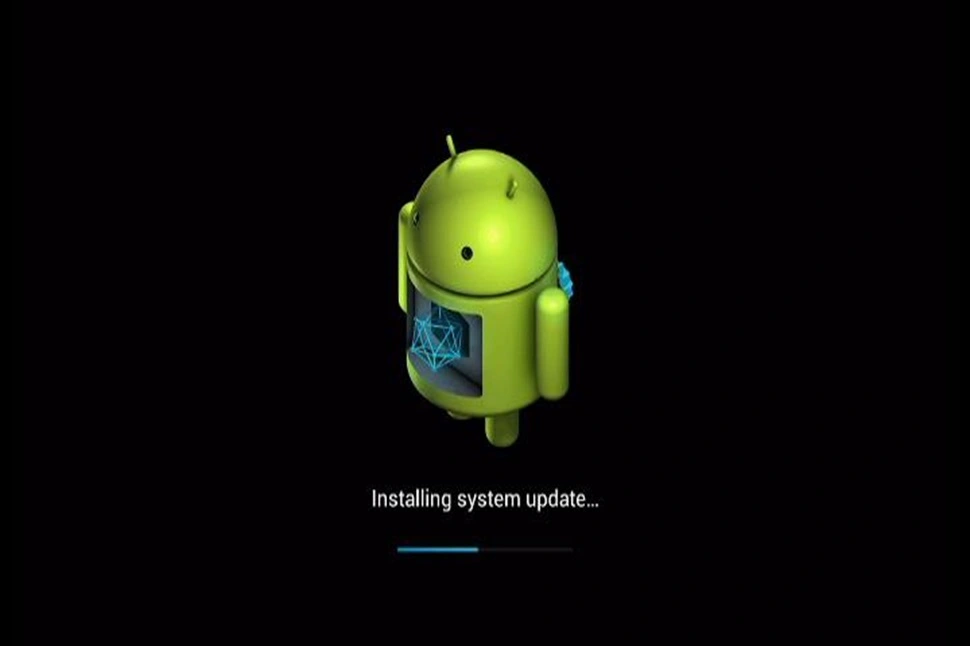In this guide, we’ll look into what a home automation is and how it works.
Table of Contents
Home automations are changing the way we live. Nowadays, it’s hard to find a home without a virtual assistant helping with daily tasks. These modern homes allow you to control and automate various devices and application using a phone or tablet app. Everything form lights and temperature to security and entertainment can become “smart” because of improved connectivity and advance in artificial intelligence.
In this guide we will explore what a smart home is, how technology works, it’s pros and cons, and much more
What is a Home Automation?
A home automation, also called a connected home, has various devices and applications that can be controlled using an apple on a smart phone device. People who own these homes can use the internet to check, schedule, and handle different important tasks in their homes from anywhere.
Here are some examples of things that can be made better and controlled using smart devices:
- Security systems such as cameras, locks, and motion sensors.
- Smart lighting, All home lighting devices can be turned on, off adjusted, and programed remotely.
- Smart thermostats for controlling heat and air condition.
- Countless application like dishwasher, washing machine, dryers, ovens, refrigerator, and more can be connected.
- Entertainment system such as smart TVs and speakers.
- Voice-activated virtual assistance like Amazon’s Alexa or Google Home.
To link these devices, all you need is WiFi, Bluetooth, or another way talk to each other. You can set schedules, make things work automatically, and use parental control to watch and control how much kids or anyone uses the devices.
So, the most important things about a smart phone are that the owner can always control and watch over all devices in a way that suits them and is safe.
Also, you can always count on helpful AI virtual assistance like Alexa or Google Home to help with everyday tasks without needing screens or phones. This makes things better for users who want comfort, efficiency energy savings and peace of mind.
Origins
The idea of home automations started forming in the 1970s, but it really took off in the early 2000s.
In 1975, a Scottish company called Pico Electronics created a system called X10. This system let people control their home devices through the electrical wiring. They could send signals to turn things on, off, or adjusted them.
But, X10 had some issues. It relied on electrical wiring to send signals, which limited its effectiveness.
In 1978, Radio Shack started promoting smart home with its TRASH line. They sold things like programable timers. The term “Home automation” was first used in the 1980, and people got excited about this technology. However, it looks a while before many people started using it.
During the 1990s, other options like CEBus, LonWorks, and EHS protocol appeared. They did not need electric wearing, instead they use radio signals, which made them more reliable. But to make it wirelines network, you need extra equipment.
In 1999, HomeRF came into the picture as the first wireless home network. This was a big step towards the idea of modern smart homes.
In 2007, the first smart TVs with internet connection were released. Then, in 2010, Nest Labs, started be ex-Apple engineers, introduced the first smart thermostat. In 2014, smart speakers with virtual assistance like Amazon’s Alexa came out, giving new possibilities for controlling things with just your voice.
But, the real boost for home automations happened when smartphones and tablets become popular. Now, people could easily control their home devices form anywhere using apps. This turned the futuristic idea of smart home into a common reality for millions of households.
The Home automations
A home automation isn’t just a bunch of separate gadgets. It’s like a team of different parts working together. Some important elements, Such as:
- Connectivity: Various gadgets and systems link up with each other and the internet using different wireless methods like WiFi, Bluetooth, Zigbee, and Z-wave. This allow them to talk back and forth all the time, and some gadgets act like extenders to make the network cover more space.
- Hub or Control Center: Hubs are like the main brains of the system. They get info form various sensors and gadgets, figure it out, and then send instructions back to manage things. Advanced smart hubs, such as Hubitat, Samsung’s SmartThings, and Apple’s HomePod, can even follow specific rules and carry out tasks automatically.
- Mobile Applications: These let people set up and manage their home automation using their phone and tablet. Apple bring together the control of all devices in one place, making it easy for people to use them whenever they want.
- Virtual Assistants: These are like best pals in your home, or at least the most useful. Whether it’s Alex or Google Home Any virtual assistant you pick lets you run your smart home using just your voice.
- Automation: The thing that it really “smart” is when you can make devices do things on their following schedules or routines, or turning on by themselves when certain events happen, like lights turn on when they sense movement.
- Artificial Intelligence: Tech stuff like machine leaning and understanding how people talk help look at data form sensors and interaction. It figures out patterns, learn how users do things, and then makes decision to make the system work better.
- Interoperability: To everything work smoothly, it’s really important that devices, apps and systems can talk to each other. This means they should be able to communicate even if there’re made by different companies. There’s a new standard being worked on to deal with this challenge.
- Cloud: When we talk about home automations, we can’t forget about the cloud. The cloud is like a faraway storage space and extra thinking power. It gathers data form all devices, does fancy analysis, and help train AI models to make the system work better all the time.
When all these parts work together smoothly, a normal home becomes a really smart one. It gives us the peace and comfort we all want after a busy day.
Home Automations and AI
Artificial intelligence is super important for how home automations work and get better. It adds more abilities and accuracy to help users.
As we talked about before, one of the main ways we see this is with voice-controlled virtual assistant like Amazon’s Alexa, Google Assistance, or Apple’s Siri. They use fancy language skills to understand what you say and do what you want.
Another big job for AI is machine learning. For instance, smart thermostats like Google’s Nest can learn how you use them and what temperatures you like. Over time, they get smart and change the temperature to save energy without you having to do anything.
Security cameras and sensors are getting better with computer vision and image recognition. This means they can tell the difference between people who live there, pets, and strangers. If something strange happens, like an intruder, they can send alerts.
People think that in the future, AI will really change how we use our smart homes. This is because the computer program will be even smarter, and the devices will be able to do more processing on their own.
Pros & Cons of Home automations
Home automations bring many benefits, including the following:
- Making life comfier and more convenient for people.
- Saving energy and money by automating things.
- Making homes safer by checking them from far away.
- Giving people a better and more fun way to use their stuff.
- Helping folks with limited movements be more independent.
Meanwhile, there are also some drawbacks to consider:
- Big costs to set it up.
- Complicated to install and setup.
- Worries about privacy with the data collected.
- Risks of cyber attacks
- Needing the internet to work
- Devices and rules not working together sometimes
Thoughts
Home automations are like a big change in how we live with technology. Now, we can use apps and easy-to-understand controls, even talking, to manage lots of things in our homes. This makes life comfier and saves energy.
Even though there are still some problems like making different things work together, costs and keeping things safe from online attacks, the future for this cool tech seems bright.
FaQ’s
What is home automation?
A smart home is when things like gadgets and machines in your house are connected and can be managed from a distance using a phone app or a voice helper. WiFi, Bluetooth, and smart computer programs make it possible to automate and keep an eye on different tasks in your home.
How a home automation work?
A smart-home work by using a group of internet-connected gadgets that talk to each other. Users can control them all from on place using a phone app or just by talking. Smart computer programs, sensors and AI look at information to make sure everything in the home well.
Can any home become smart?
Yeah, there is a risk because gadgets connected to the internet can be open to attacks form far away. It’s really important to protect against this be using strong passwords, making sure data is coded, and updating things regularly.
What are the advantage of home automations?
These makes life mor comfy, save energy and make homes safer, giving people peace of mind. You can control and program different of your home from far away.
Are there any drawbacks of smart homes have?
Yep, there are some downsides. It can be hard to set up, devices might not always work together, there’s worry about keeping your info private, and there’s a risk of cyber-attacks. Plus getting it all started can be expensive.
